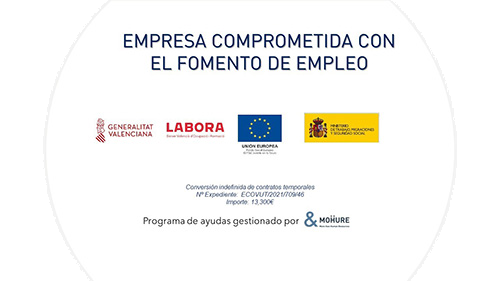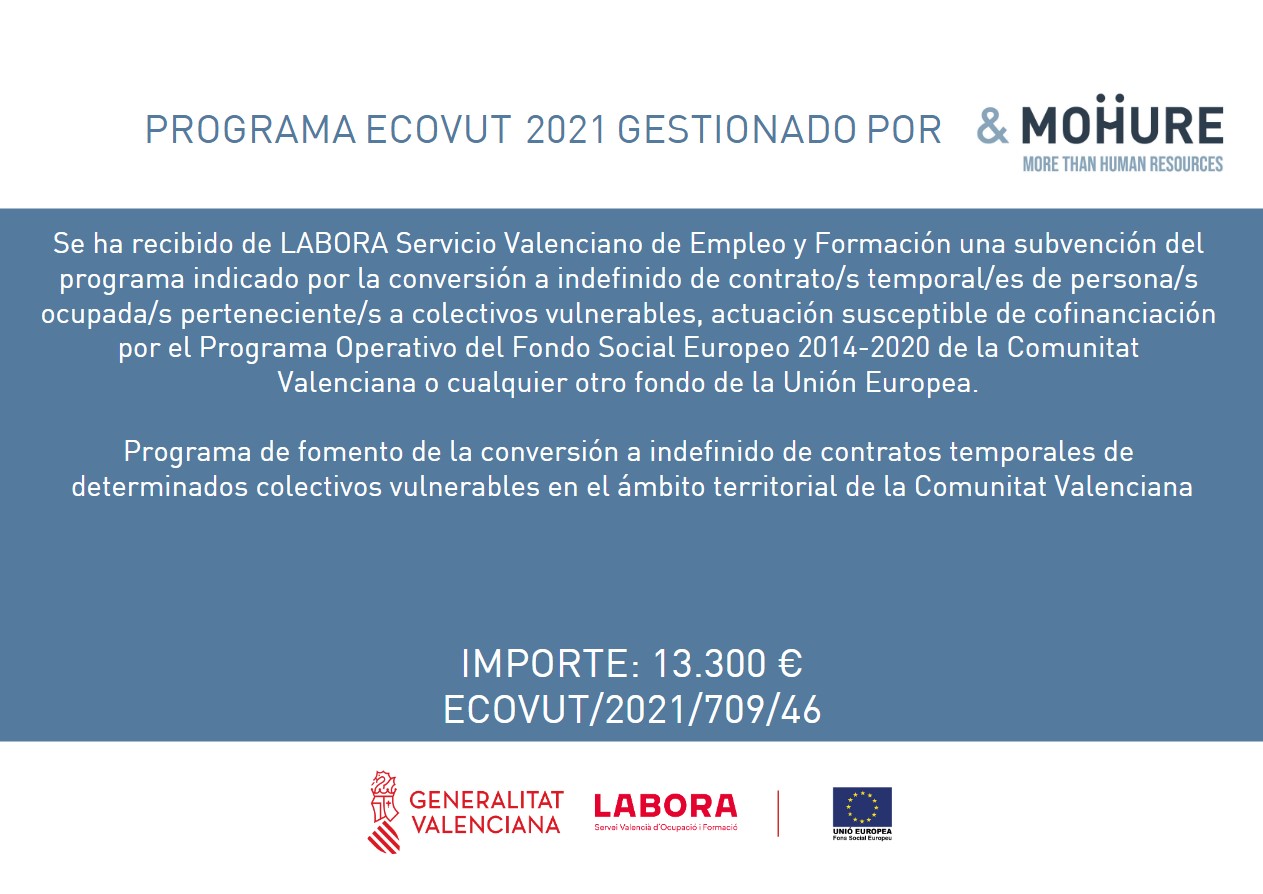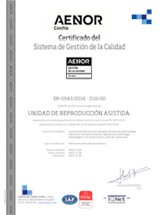 The director of the Obstetrics and Gynecology Hospital Regional Microcitemico Cagliari (Italy), Dr. Monni explains how to prevent and what technique used to reduce the risk of maternal and fetal morbidity and mortality.
The director of the Obstetrics and Gynecology Hospital Regional Microcitemico Cagliari (Italy), Dr. Monni explains how to prevent and what technique used to reduce the risk of maternal and fetal morbidity and mortality.
Monni addresses the clinical and ethical aspects of embryo reduction in multiple pregnancies in the Conference “embryonic reduction in more than three fetuses: clinical and ethical aspects” which has organized the Department of Reproductive Biomedicine Vistahermosa Clinic.
The Italian specialist offered his presentation at the XIV Lecture organized by the units of Reproduction and Genetics Vistahermosa and Reproductive Biomedicine Chair of the UMH.
Multiple pregnancies occur in Reproductive Medicine 75% of cases by artificial inseminations, the treatment involves stimulating ovulation, making it difficult to control the number of eggs that are generated. While between 15% and 20% occur in the in vitro fertilization (IVF) to be generated between the transferred twin embryos.
This type of pregnancy poses both ethical and clinical issues among professionals because of the risks involved. Dr. Giovanni Monni, director of the Obstetrics and Gynecology Hospital Regional Microcitemico Cagliari (Italy), specialist who has performed more than 30,000 embryonic reductions addressed in the auditorium of the Vistahermosa Clinic of Alicante the dispute over phenomenon and the embryo-reduction multifetal he calls “feticide”.
In his presentation, “Embryonic Reduction in more than three fetuses: clinical and ethical aspects”, framed within the XIV Lecture organized by the Department of Reproductive Biomedicine UMH in collaboration with the units of Reproduction and Genetics Vistahermosa, Giovanni Monnin explained how to prevent such pregnancies and techniques for the selective reduction of embryos to reduce the high risk of maternal and fetal morbidity and mortality.
framed within the XIV Lecture organized by the Department of Reproductive Biomedicine UMH in collaboration with the units of Reproduction and Genetics Vistahermosa, Giovanni Monnin explained how to prevent such pregnancies and techniques for the selective reduction of embryos to reduce the high risk of maternal and fetal morbidity and mortality.
“Multiple pregnancies often accompanied by problems of hypertension, diabetes, metabolic disorders, bleeding, increased number of caesarean sections, etc., depending on the load, which is aggravated in cases of women of advanced age. While newborns risks due to low weight they have with autonomic, neurological, muscle, requiring prolonged stays in intensive care units disorders, “said Dr. Monnin.
This raises a double question: on the one hand the increased maternal and fetal mortality and morbidity, and on the other the high health costs to be assumed by society and parents. Under these circumstances, reproductive medicine raises two options for prevention of multiple pregnancies. One is to keep a tight control ovarian stimulation cycles of insemination with ultrasound scans, and slow its performance to an excessive response. And another, restrict the number of embryos to transfer in in vitro fertilization and egg donation.
 “When it comes to face the problem of multiple pregnancy, the risk of maternal morbidity and felogotal can be avoided with the application of selective intrauterine embryo reduction during pregnancy and reduce eg 4-2 the number of embryos.” The expert explained that this technique is performed by ultrasound high definition, with the thickness of nuchal translucency is analyzed and suspected embryo perform genetic testing by chorionic villus sampling or amniotic fluid depending on gestational age.
“When it comes to face the problem of multiple pregnancy, the risk of maternal morbidity and felogotal can be avoided with the application of selective intrauterine embryo reduction during pregnancy and reduce eg 4-2 the number of embryos.” The expert explained that this technique is performed by ultrasound high definition, with the thickness of nuchal translucency is analyzed and suspected embryo perform genetic testing by chorionic villus sampling or amniotic fluid depending on gestational age.
However, says Monnin, which always prevails in these cases is the decision of women through informed of what she really wants, according to their moral and religious considerations, consent if it be contrary to the realization of a selective reduction , is respected maintain fetuses regardless of their number.










